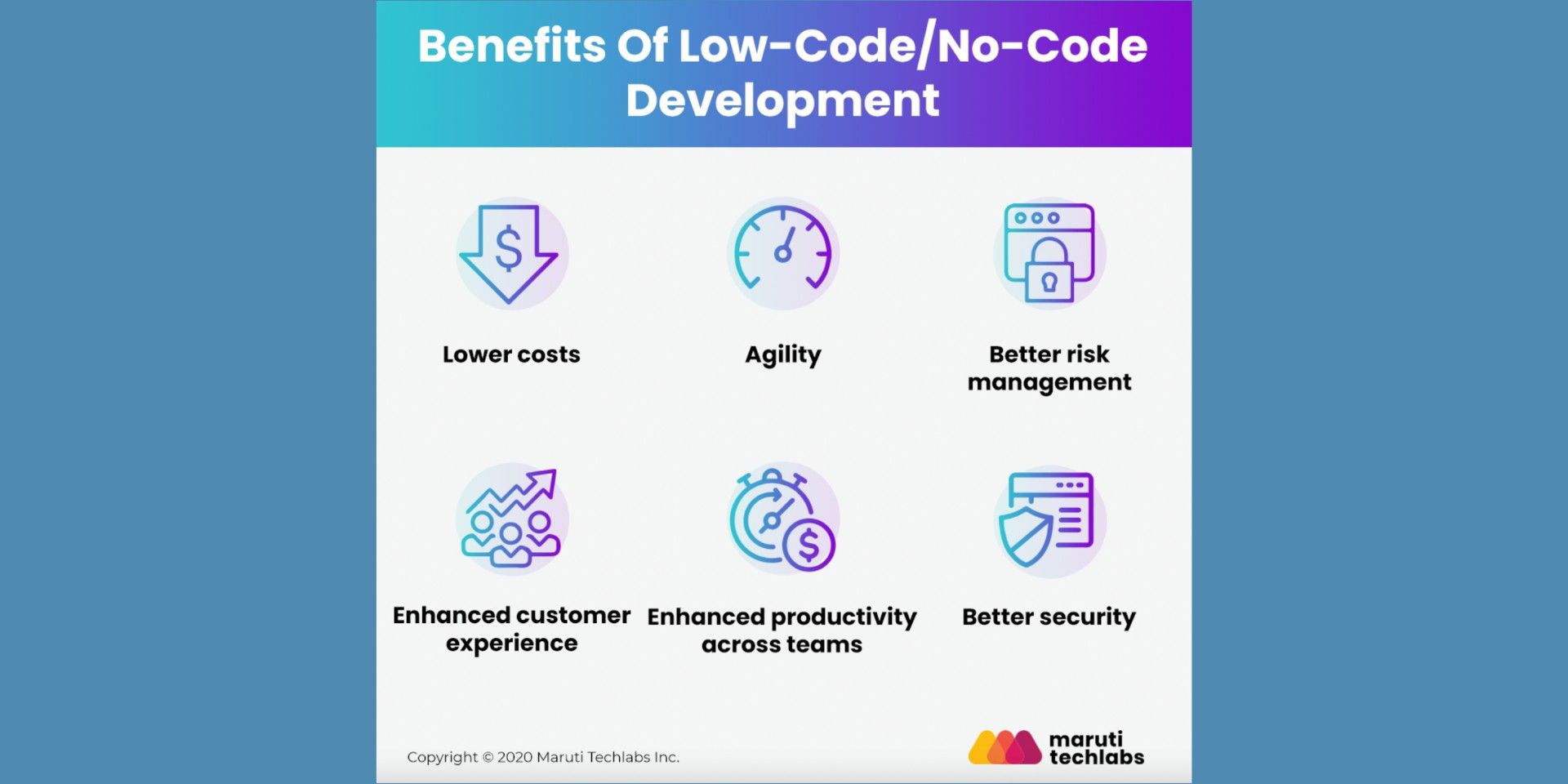Low code and no code are terms used to describe the development of software applications, generally for business solutions, without the need for a traditional coding background or knowledge. Traditional coding, on the other hand, is the conventional approach to software development where a team of programmers who know how to use specific or multiple programming languages such as Java or C++ comes together to build software and applications. Low and no code development is a newer addition to the field of software development but is quickly becoming highly relevant to businesses as even non-programmers can use the tools to create software.
Traditional coding has been the basis for most software development for many years, but Low and no code development may beat out traditional coding shortly with the number of applications developed by each. Low code is agile, swift, and able to compete with traditional coding in many ways, with its ability to quickly deploy a wide range of applications with little or no knowledge of a programming language. Traditional coding has been around longer, of course, but with increasingly complex technology and more tools available, low code application development may put traditional coding in a predicament.
While no code can be used in creating tactical apps that handle simple functions, low code can be used for that but also core systems for businesses. Low code development sounds promising and perhaps the way to the future of application development, but are there any negatives to this new technology? The short answer is yes. There are some negatives to any tool. Low code offers the benefits of swift deployment of software solutions to businesses, but at the same time, there is a lack of customization, reliance on specific software, security limitations and other negatives. With traditional code, however, a company can have the software they need to be developed how they want and customize it to do what they need. Traditional coding offers many of the same benefits and more than low code solutions, but the negatives of traditional coding are higher costs, longer development times and more technical knowledge required from the developer.
Where Does Traditional Code Stand?
So, will low and no code replace traditional code? No, it will not replace traditional code, or at least not anytime soon, but that's not to say that low and no code is not extremely useful and has its own place in application development. Low code will allow more people to step into the world of application development and build smart applications and software without the need for a highly technical background. However, having one will be a benefit. When businesses use low code solutions, they can quickly react to consumers and deploy advanced applications to meet consumer needs and wants without needing to go through hundreds or thousands of lines of code to fix a problem with an application. Traditional code will have its place for applications that require a very customizable and specific software design, be that for security measures, non-reliance on third-party software, or perhaps even developing the low code software itself.
Traditional code and low code will work together in the future of technology and software development, and each will be more or less useful depending on the desired outcome. For example, low code will be handy for businesses that need quick and simple tasks to be executed and may not have the time, money, or resources required for traditional code. At the same time, traditional code offers anything and everything a person or company might need while requiring more time, resources, and money. Although low code applications will most likely overtake traditionally coded applications, there will always be a place for both as they find their own niches within the software development world.
Source: Maruti Tech Labs


